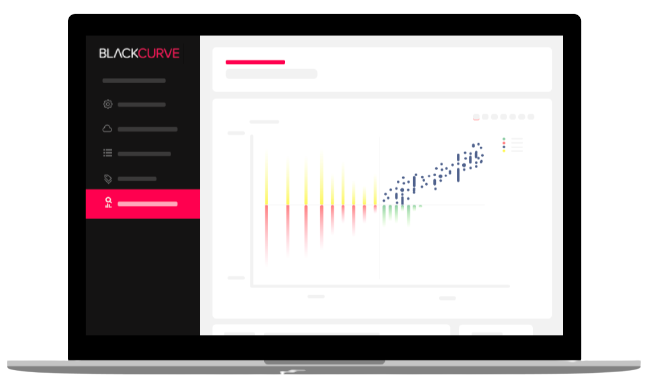So… you have identified a business need for a solution that manages your pricing and quotation process. However, you now need to present a solid and compelling case to your employer in regards to the Return-on-Investment (ROI).
Setting prices has always been a tricky business. You do not want to price too low, as that will hurt your margin, but not too high either, as that might turn your customers away. To help businesses solve this pricing puzzle, various pricing models have been developed, and The Dynamic Pricing Model is the one that has gained quite a lot of buzz and popularity among big companies in recent years.
Introduction
Excel inarguably has always been a powerful tool to manage an organisation’s price list. However, when the company has a large set of product items that can expand to hundreds or thousands of customers, various pricing rules, and other variables, using Excel to manage the daily tasks of a price manager is quite painful. Let’s go through some of the biggest limitations of using Excel to manage your price list:

